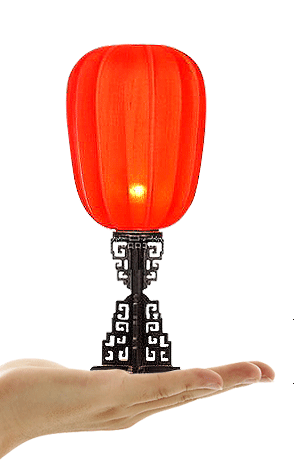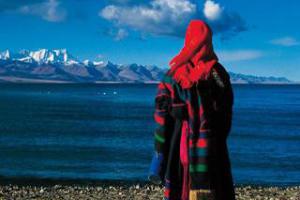Potala -The Treasure Hall – Jokhang Temple - Parkhor Street
Potala :The Potala Palace is located in Lhasa, Tibet Autonomous Region, China. It was named after Mount Potala, the abode of Chenresig or Avalokitesvara.[1] The Potala Palace was the chief residence of the Dalai Lama until the 14th Dalai Lama fled to Dharamsala, India, after an invasion and failed uprising in 1959.
The Treasure Hall:The Treasure Hall, located at the foot of the Potala Palace, is opened to public on Aug. 11, 2009. The three-story building displays about 200 cultural heritage items, including Buddha statues, porcelain ware, Sutra and the Thangka, the Tibetan art of scroll painting. A set of Buddhist classics inscribed in palm leaves, also the oldest items in the hall, can dates back to the ninth century. All those precious treasures are significant for its connection with Tibetan history, politics, economy, culture and religion.
Jokhang Temple:Jokhang Temple has been a place of pilgrimage for centuries. It is the spiritual center of Lhasa and stands in the heart of the old city. It was built in 647AD by King Songtsen Gampo, upon establishing his kingdom�s capital in Lhasa. Through several renovations it expanded into quite a large group of buildings and now covers an area of over 25,000 sq meters.
Parkhor Street:In the center of the old district of Lhasa, Parkhor Street has kept its ancient traditional appearance. Buddhist believers, prayer wheels in hand, walk around Jokhong Monastery on the street, which is often full of pilgrims. Parkhor Steet is lined with many busy shops, which sell a great variety of local arts and crafts, such as prayer wheels, Tibetan incense, Tibetan knives, rings, earrings, bracelets, and Tibetan costumes.
Lunch and diner included : in local restaurant.


 goback
goback

